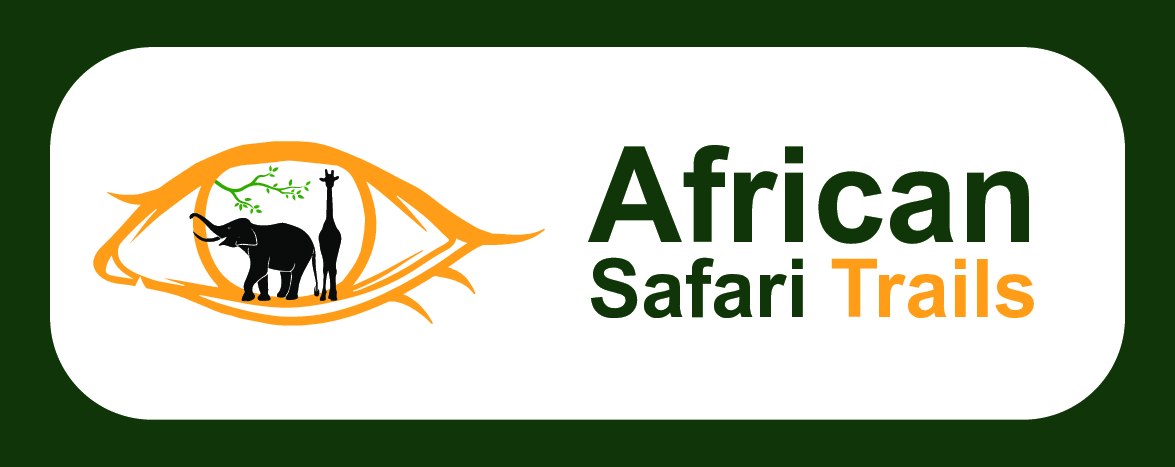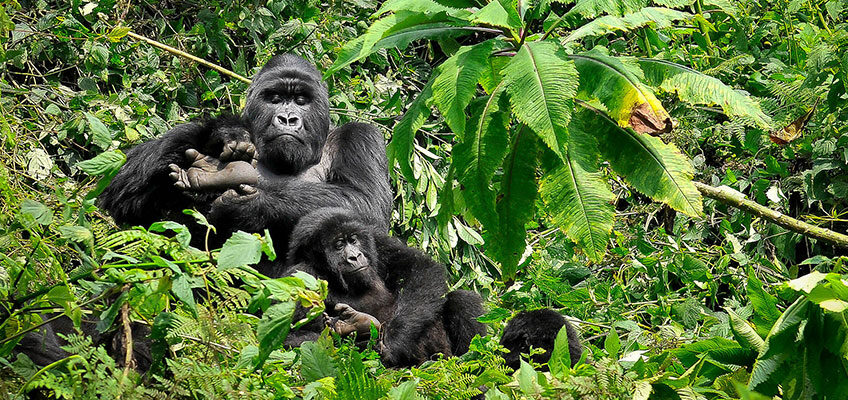Can You Do Gorilla Trekking While Pregnant?
What Expectant Mothers Need to Know Before Planning a Gorilla Safari
Gorilla trekking is one of Africa’s most remarkable wildlife experiences, offering a rare opportunity to observe endangered mountain gorillas in their natural habitat. It’s a thrilling adventure, particularly in Uganda’s Bwindi Impenetrable National Park, Rwanda’s Volcanoes National Park, or the DRC’s Virunga region. However, if you’re pregnant and considering this experience, it’s important to weigh the safety, physical demands, and medical considerations involved.
The first and most crucial thing to understand is that gorilla trekking can be physically demanding. Treks may last from two to six hours or more, often involving hiking through thick jungle, up steep slopes, and across uneven terrain. The altitude in areas like Bwindi can be quite high, sometimes exceeding 2,000 meters above sea level. For these reasons, the activity may not be suitable for pregnant women in later stages or those with high-risk pregnancies.
That said, some women in the early stages of pregnancy—typically the first or early second trimester—have completed gorilla treks safely, provided they were in good health and had clearance from their doctor. Consulting a medical professional before making travel plans is strongly advised.
If you’re set on trekking while pregnant, there are ways to reduce the physical strain. In Uganda, for example, you can hire a sedan chair (a stretcher-like seat carried by porters), which allows you to be transported to and from the gorilla family with minimal exertion. This option comes at an additional cost but makes the experience more accessible. Additionally, park authorities often take visitor fitness levels into account when assigning gorilla groups, so it’s possible to request to trek a group known to be located closer to the starting point.
Alternatively, if you decide that trekking may be too strenuous, there are other ways to enjoy Uganda’s rich biodiversity. Gentle nature walks, cultural tours with local communities, or guided birding experiences can offer rewarding insights into the region without the physical toll of a full trek.
One must also consider the availability of healthcare. Gorilla trekking areas are remote, and nearby medical facilities may be basic. Emergencies requiring evacuation can take time due to difficult terrain. That’s why it’s essential to carry any necessary medications, remain hydrated, and ensure you have comprehensive travel insurance that covers pregnancy-related issues.
Altitude and exertion can sometimes cause unexpected symptoms in pregnant women, such as fatigue, dizziness, or shortness of breath. Being aware of how your body feels and communicating with your guide immediately if something feels wrong is critical to your safety.
In summary, while gorilla trekking during pregnancy is possible under certain conditions, it comes with important caveats. If you are in good health, early in your pregnancy, and plan your trip carefully with the help of an experienced operator, you may be able to enjoy the experience safely. However, your well-being and that of your baby should take top priority. If there’s any doubt, it may be wiser to wait until after childbirth to enjoy this extraordinary adventure.

